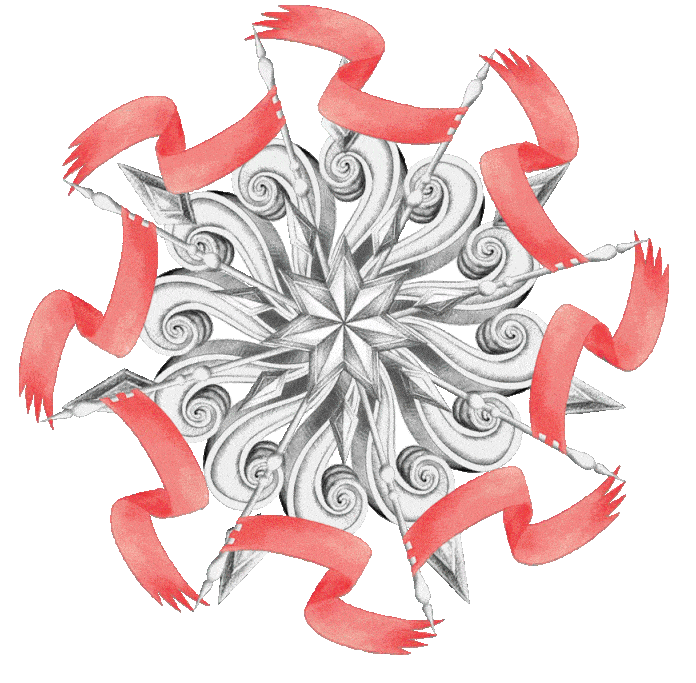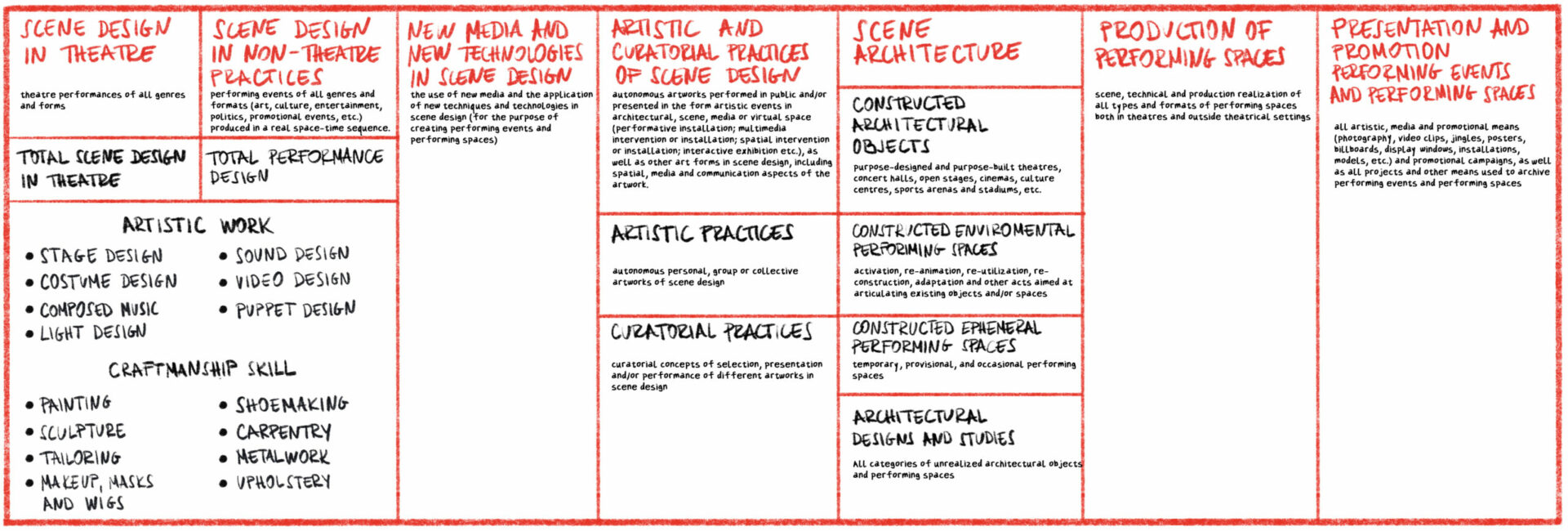
Close

Biennale of Scene Design
The Biennale of Scene Design is a manifestation established by the Yugoslav YUSTAT – OISTAT center and the Museum of Applied Art in Belgrade in 1997. The manifestation used to include a Major Exhibition, its own awards and accolades, and a series of lectures, workshops and conferences. The Biennale ended in 2006, having gained significant national and regional acclaim and prestige.
The most important legacy of the Biennale is education in the field of scene design. The first school was organized as part of the Center for Interdisciplinary Postgraduate Studies and was established in 2000 at the University of Arts in Belgrade. In 2013, the Department of Arts and Design was established at the Faculty of Technical Sciences as part of its Department of Architecture and Urbanism, offering studies at all three academic levels.
Another significant legacy of the Biennale was a change in the way Serbia was being represented at the Prague Quadrennial of Performance Design and Space. As a result of the new, specific approach to the work of curators and exhibition practices, Serbia was awarded the gold medal for provoking a dialogue in 2015. Since 2007, when YUSTAT (and later Scen – OISTAT Center Serbia and the Museum of Applied Art) took over, thematization and a problem-solving approach have become the mainstay of the country’s appearances at the Quadrennial, rather than a magazine-like presentation of its best theatrical works.
The Biennale of Scene Design was restarted as a result of the need to monitor, evaluate and rank the actual theatrical production and local output, as well as artistic and curator practices in the areas of scene design and performance space in Serbia and the Balkans.
The Biennale of Scene Design is tasked with two key goals.
The first is to create a platform that would serve as a space for people to connect and share ideas in all areas of scene and performance design, both in Serbia and the region. Such a platform entails the planning and organization of exhibitions, workshops, symposiums, festivals, and other formats serving to identify all the relevant phenomena, needs, problems and tendencies in all areas of scene design and performance space. The platform was developed mainly along the lines and in relation to theatrical and other artistic practices of scene design, both in and beyond theater, as well as professional and student engagement. The Biennale does not have a fixed format – it is a fluid platform which relies on all means and media of communication, depending on available resources and the actual circumstances it originates in. The Biennale is at the same time a manifestation and an event, a zoom conference and a student workshop, an exhibition and a festival. The Biennale is, above all, a place of gathering, meeting and exchange.
The other key task of the Biennale is to restart the process of evaluating creative work in the area of scene design, primarily in theaters, but also in various other segments of contemporary performance and scene production in Serbia and the Balkans. Following the selection and evaluation process, the expert jury of the Biennale of Scene Design awards prizes and accolades according to the categories and criteria established in 1997, which have since gained significant recognition in professional circles.
1 YUSTAT was founded in 1991 as a citizen association. The idea was to influence professional theater work, scenography and theater technique, as well as the whole education system in these areas. The work of this association, involving professionals and expert institutions, included work on preparing professional normative standards, formulating educational curricula, organizing scientific and expert events, international cooperation both within and outside OISTAT (the International Association for Scenography, Theater Architecture and Technology), as well as publication and other public presentation and exhibition related activities.
2 The founders and the creators of the whole idea behind the Biennale of Scene Design were Radivoje Dinulovic and Irena Sentevska (architects), Milosav Marinovic (playwright), Miomir Mijic (acoustician) and Milena Dragicevic-Sesic (culturologist). Their close associates at the time were Geroslav Zaric (scenographer), Irina Subotic (art historian), Ranko Radovic (architect) and Ljubomir Draskic (theater director). The author of the Major Exhibition at all six Biennales of Scene Design was Irena Sentevska.
3 The Prague Quadrennial was established in 1967. Its primary aim was to promote the work of production and costume designers.
Biennale of Scene Design 2022
Fluid Scenes and Landscapes of Loneliness
The theme of the Biennale of Scene Design 2022 is fluidity, understood in a way that follows the thoughts and ideas of Sigmund Baumann, one of the most significant sociologists and philosophers of the twentieth century. Baumann sees the contemporary age, the period after postmodernism, as fluid, impossible to capture by great narratives and ideologies, as a slippery time, without shared ideals and lacking collective action, as an age of individualism, fragmentation and disintegration of all “hard” patterns and connections established by early modernism. In such a time, we bear witness to permanent states of insecurity and uncertainty, which, in turn, lead to loneliness, lack of communication and true emotion, or authentic impressions and attachments to the world. At the same time, said aspects of fluid modernity are even more radicalized by the ongoing pandemic, as issues of purpose and meaning, struggle and action, become even more questionable and vague, and the phenomena of loneliness and fluidity assume a paradigmatic character – in this contemporary society of ours, where the feeling of the virtual, of shallowness and emptiness, and lack of the authentic and the original – grow ever more pronounced.
Fluid Scenes and Landscapes of Loneliness
We observe the phenomenon of fluid scenes as the search for authentic experiences, for our place and presence in the real world, and a sense of attachment to it. We observe and contrast this phenomenon against a backdrop of loneliness of the contemporary individual, who still feels the need to create a shared, collective experience.
Since the Novi Sad Foundation – the European Capital of Culture has included the Biennale of Scene Design as one of the main projects of its program, it will, in large part, be dedicated to the research, occupation, reanimation and rediscovery of the old, abandoned and insufficiently used spaces of Novi Sad. The Biennale and this year’s concept of fluid scenes thus provide an opportunity for the whole city to become a creative, inclusive space, where collective action and a sense of attachment to both the place and the community are still possible, despite the ideology of the age we all live in.
categories of stage design
